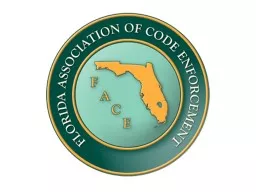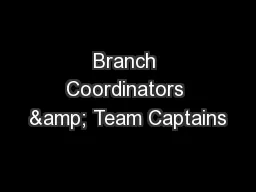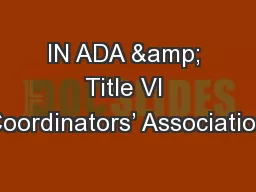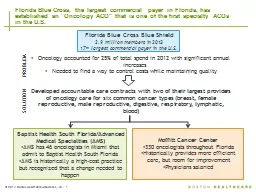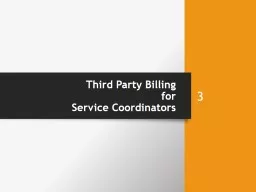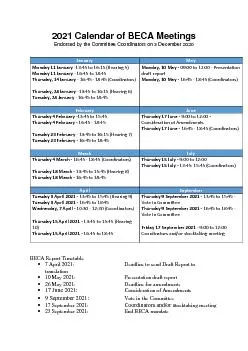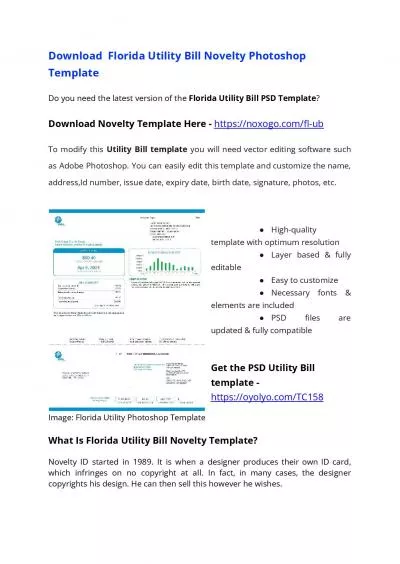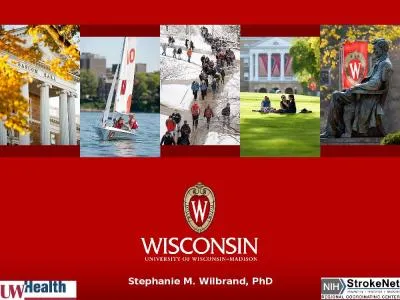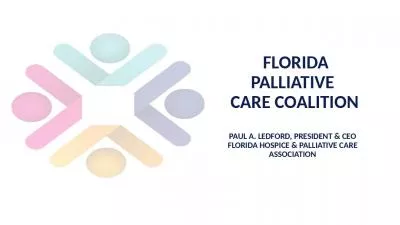PPT-Florida Health Care Activity Coordinators Association
Author : haroublo | Published Date : 2020-06-22
July 31 2019 Daytona Beach What To Expect During Your State Survey Presented by Kimberly Smoak MSH QIDP Chief of Field OperationsState Survey Agency Director Health
Presentation Embed Code
Download Presentation
Download Presentation The PPT/PDF document "Florida Health Care Activity Coordinat..." is the property of its rightful owner. Permission is granted to download and print the materials on this website for personal, non-commercial use only, and to display it on your personal computer provided you do not modify the materials and that you retain all copyright notices contained in the materials. By downloading content from our website, you accept the terms of this agreement.
Florida Health Care Activity Coordinators Association: Transcript
Download Rules Of Document
"Florida Health Care Activity Coordinators Association"The content belongs to its owner. You may download and print it for personal use, without modification, and keep all copyright notices. By downloading, you agree to these terms.
Related Documents




